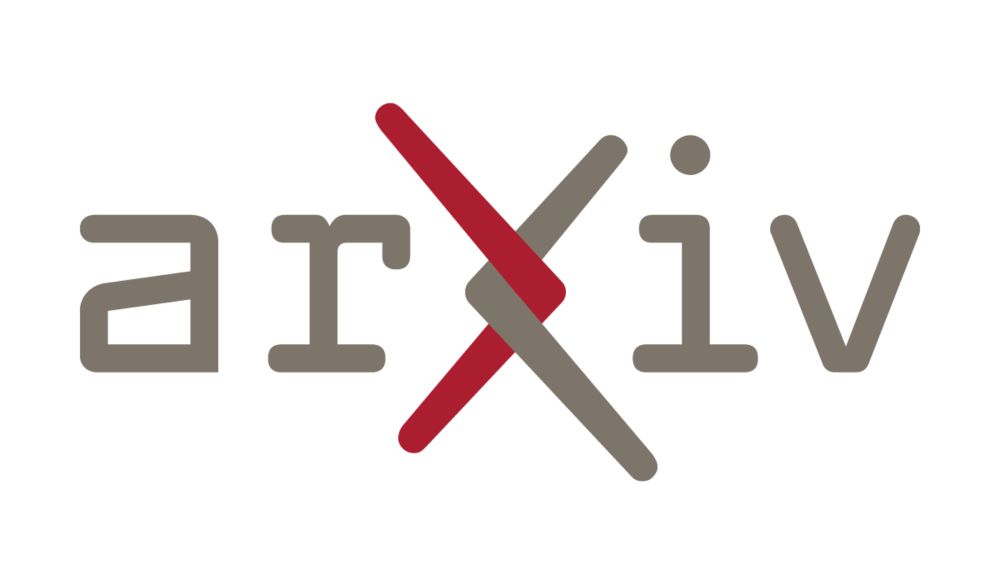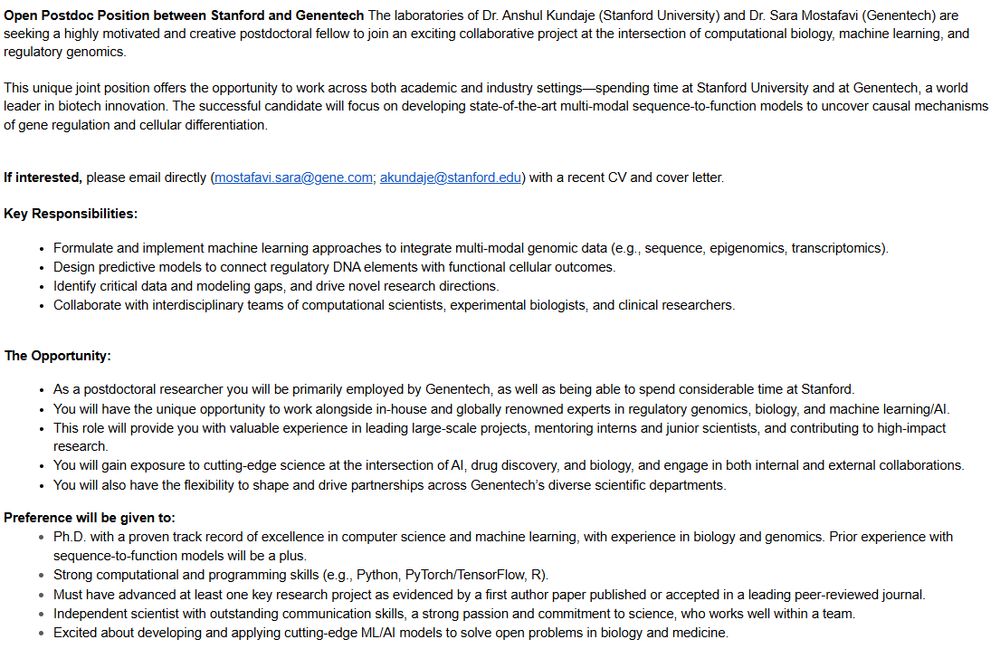Austin Wang
@austintwang.bsky.social
180 followers
380 following
12 posts
Stanford CS PhD student working on ML/AI for genomics with @anshulkundaje.bsky.social
austintwang.com
Posts
Media
Videos
Starter Packs
Reposted by Austin Wang
Reposted by Austin Wang
Reposted by Austin Wang
Selin Jessa
@selinjessa.bsky.social
· May 3

Dissecting regulatory syntax in human development with scalable multiomics and deep learning
Transcription factors (TFs) establish cell identity during development by binding regulatory DNA in a sequence-specific manner, often promoting local chromatin accessibility, and regulating gene expre...
www.biorxiv.org
Reposted by Austin Wang
Reposted by Austin Wang
Anshul Kundaje
@anshulkundaje.bsky.social
· Dec 25
Austin Wang
@austintwang.bsky.social
· Dec 14
Austin Wang
@austintwang.bsky.social
· Dec 11
Reposted by Austin Wang
Arpita Singhal
@arpita-s.bsky.social
· Dec 11
Austin Wang
@austintwang.bsky.social
· Dec 11

DART-Eval: A Comprehensive DNA Language Model Evaluation Benchmark on Regulatory DNA
Recent advances in self-supervised models for natural language, vision, and protein sequences have inspired the development of large genomic DNA language models (DNALMs). These models aim to learn gen...
arxiv.org
Reposted by Austin Wang
Austin Wang
@austintwang.bsky.social
· Dec 11

DART-Eval: A Comprehensive DNA Language Model Evaluation Benchmark on Regulatory DNA
Recent advances in self-supervised models for natural language, vision, and protein sequences have inspired the development of large genomic DNA language models (DNALMs). These models aim to learn gen...
arxiv.org
Austin Wang
@austintwang.bsky.social
· Dec 11

DART-Eval: A Comprehensive DNA Language Model Evaluation Benchmark on Regulatory DNA
Recent advances in self-supervised models for natural language, vision, and protein sequences have inspired the development of large genomic DNA language models (DNALMs). These models aim to learn gen...
arxiv.org
Austin Wang
@austintwang.bsky.social
· Dec 11
Austin Wang
@austintwang.bsky.social
· Dec 11
Austin Wang
@austintwang.bsky.social
· Dec 11
Austin Wang
@austintwang.bsky.social
· Dec 11
Austin Wang
@austintwang.bsky.social
· Dec 11
Austin Wang
@austintwang.bsky.social
· Dec 11
Austin Wang
@austintwang.bsky.social
· Dec 11

DART-Eval: A Comprehensive DNA Language Model Evaluation Benchmark on Regulatory DNA
Recent advances in self-supervised models for natural language, vision, and protein sequences have inspired the development of large genomic DNA language models (DNALMs). These models aim to learn gen...
arxiv.org




